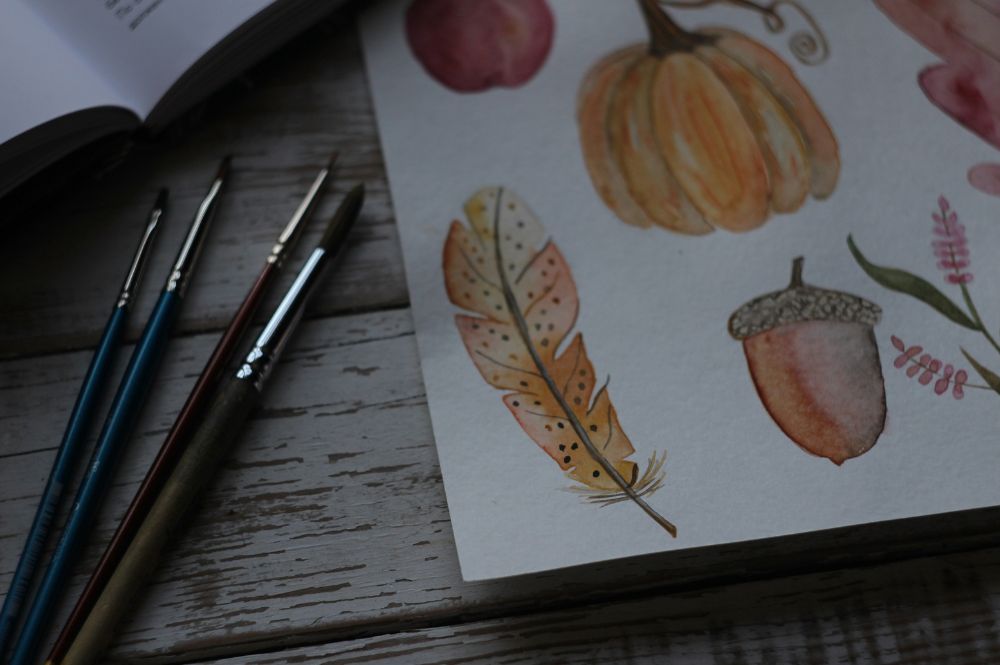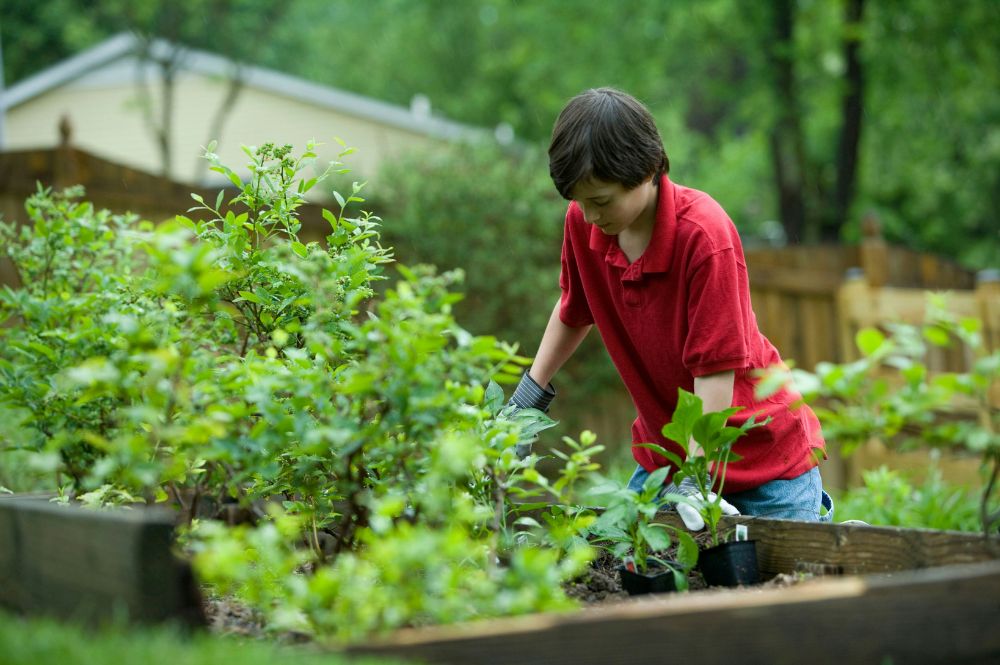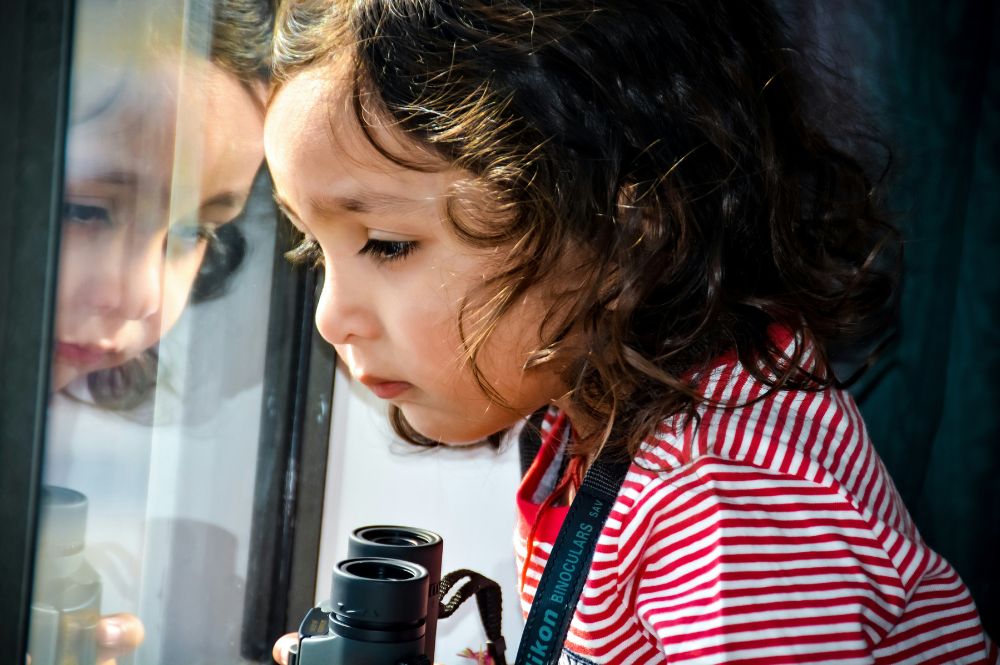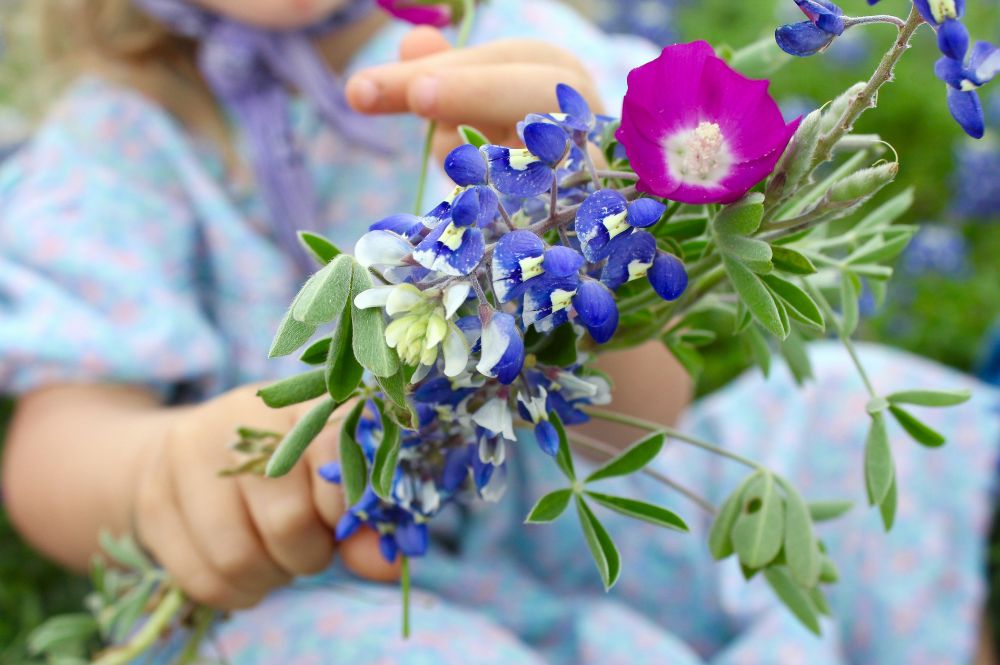
Screen-free hobbies that teach life skills offer kids something far more lasting than passive entertainment: confidence, creativity, and meaningful growth—right at home.
You don’t need fancy supplies or a packed schedule filled with activities to spark your child’s curiosity—just a little time, a bit of space, and the willingness to slow down. Sometimes, the best adventures and discoveries come from the simplest things right at our fingertips!
On average, a 5 to 8-year-old child spends over 3 hours per day in front of screens, and children in the 8 to 12-year-old age range spend a whopping 5 hours a day looking at screens! How much time could be reclaimed and invested into meaningful hobbies and pursuits that will help kids build confidence and improve their overall quality of life?
“Children are born with all the curiosity they will ever need. It will last a lifetime if they are fed upon a daily diet of ideas.”
—Charlotte Mason
Screen-Free Hobbies That Teach Life Skills
Many of the best hobbies begin right at home with what you already have on hand. From baking and birdwatching to drawing and collecting, these screen-free pastimes help kids grow in attention, creativity, and confidence—without adding anything to your Amazon cart!
As parents, we don’t always need to plan elaborate activities. Often, all it takes is a little direction and encouragement to unlock a child’s natural creativity and awaken interests. Slowing down and stepping away from screens creates space for imagination, wonder, and meaningful connection—both with our children and the incredible world around us.
Let’s look at a few simple hobbies your children can begin today, using what’s already around them.

1. Gardening
Watching life sprout from a tiny seed will never cease to be an incredible thing to watch! My boys love tending their own garden plots in our backyard and taking ownership of them. Some of their favorite things to grow have been snap peas, ground cherries, cucumbers, cherry tomatoes, and various flowers. It makes me laugh to see my preschooler walk by, munching on a handful of dill weed or mint leaves!
Borrow Books
Your local library is a treasure trove of gardening inspiration—and it’s completely free! Look for picture books about gardening to spark curiosity in younger children, and browse the nonfiction shelves for beginner-friendly guides on planting vegetables, growing herbs, square-foot gardening, or starting container gardens.
Start with Kitchen Scraps
Look for tutorials online where you can learn how to grow your own food from kitchen scraps.
Try growing potatoes from organic store-bought potatoes (non-organic ones are sprayed with a chemical sprout inhibitor). Regrow celery, lettuce, or onions from your food scraps.
Take cuttings of herbs like mint, basil, oregano, and thyme and put them in water until they sprout roots. Then plant them in pots to create your own kitchen herb garden.
You don’t have to spend much to start a garden—although you certainly can! Start small, and save your seeds for next year’s garden.
Find Seeds for Free or Cheap
You don’t have to spend a lot of money on seeds or plants to start a garden. The Marigold and Zinnia seeds we purchased from Dollar Tree have been surprisingly prolific!
Many libraries offer seed exchange programs. We’ve gotten many packets of seeds for free this way. (Just be sure to save some of your own seeds to bring back when you can.)
Many gardeners are happy to share extra seeds, seedlings, or cuttings. Ask neighbors, family, or post in local community groups or homeschool co-ops.
Use What You Already Have
You don’t need fancy planters or gardening gear to get started. Look around your home for things like egg cartons and yogurt cups—they make great seed starters. Get creative with containers—just be sure to poke drainage holes!
Use popsicle sticks, masking tape, or painted rocks to mark what you’ve planted.
For soil, check if your local compost center or garden club offers free or low-cost soil and mulch. You can also mix your own using compost and dirt from your yard.
Involve Kids in Planning and Care
The more ownership kids have, the more invested they’ll be.
Let your child choose what to grow—whether it’s strawberries to snack on, flowers to pick, or herbs for homemade pizza. Give them a few choices and guide them toward plants that grow quickly and easily in your area.
Draw up a simple garden plan together. Decorate plant markers with their names. Kids can water, weed, and check daily for new growth. Consider assigning each child their own small plot or container so they can take full responsibility for caring for it.
Be patient, especially in the early weeks, when not much seems to be happening. Encourage observation and wonder and ask questions like, “What do you notice today?” Let them draw what they see in their nature journals.
Gardening gives kids a quiet way to practice attentiveness, stewardship, and nurturing something over time. Even if the harvest is small, the experience is rich in habits and lessons that stick.

2. Birdwatching
You can start casually birdwatching in your backyard without so much as a pair of binoculars! This is one of my favorite low-cost, screen-free hobbies that teach life skills.
Borrow Books (and Maybe Binoculars)
Just like gardening, you can find a wonderful selection of picture books, non-fiction books, and bird guides at your local library. It’s a great place to start if you’re trying to pique your child’s interest in birdwatching.
Our local library also provides free birdwatching kits with binoculars for those who would like to borrow them.
Attract More Birds
Create a bird-friendly backyard habitat with what you have around the house. You can make a simple DIY bird feeder by putting peanut butter on pinecones and rolling them in birdseed, or filling half an orange peel with seed.
A shallow dish, pie pan, or old plant saucer filled with water makes a great birdbath! Place it on the ground or on a stump, and change the water every few days to keep it clean. Add a few stones so birds can perch safely.
Start with Curiosity
Head outside and find a quiet place to sit (maybe bring a picnic blanket to rest on). Encourage your child to notice details about the birds you see and hear. Just listen—notice the chirps, rustles, and flutters around you. Talk about the details you see: size and shape, beak shape, color and patterns, etc. There’s no need to identify anything right away—just observe and enjoy the experience. Start slow.
When you’re ready to start identifying the birds you see or hear, pull out a bird guide or use a free app like Merlin.
Record Your Journey
Encourage your child to draw what they see in their nature journal. It helps them to slow down and really observe what’s in front of them. Drawing birds can be challenging for beginners, but it will get easier with practice. There are plenty of books and YouTube tutorials that give step-by-step instructions.
Starting a “life list” is a fun and simple way for kids to keep track of every bird they’ve ever identified. It turns casual sightings into a treasure hunt, adding some excitement and encouraging careful observation.
All you need is a small notebook to record the bird’s name, where you saw it, and the date. Your child could even keep their life list on a page in their nature journal. Over time, this list becomes a personal record of discovery—and a meaningful way to see how much they’ve learned.

3. Nature Journaling
Nature journaling is the perfect companion hobby to foster alongside both gardening and birdwatching. But nature journaling is also broader, offering room for anything a child notices outdoors—leaves, insects, weather, changing seasons, or animal tracks. You can journal together out on a nature walk, or gather treasures to bring home and sketch at the table.
It helps kids slow down, pay attention, and record what they see through drawings, notes, and questions. Over time, it becomes a beautiful record of discovery and a quiet habit of observation that deepens their connection to the world around them.
You don’t need much to get started—just a notebook and something to write or draw with, like pencils and colored pencils.
4. Painting Rocks
Painting rocks was one of my husband’s childhood hobbies! I never realized how amazing painted rocks could be until I saw his collection.
Painting rocks is a simple, screen-free hobby that offers a surprising number of benefits for kids. It builds fine motor skills and hand-eye coordination while encouraging creativity and self-expression. Kids learn to focus on detail as they choose a stone with just the right shape, and take pride in their work—all through something as humble as a rock.
They’re also easy to share! Painted rocks can become gifts, decorations, or part of a kindness project where children leave cheerful designs for others to find.
It’s a low-cost hobby that is accessible for a wide range of ages and abilities. Be sure to check YouTube and your local library to learn how to get started!

5. Flower Arranging
If gardening is something your child enjoys, flower arranging might be the perfect companion hobby.
My oldest son has always had a thing for flowers. He loves drawing them, painting them, identifying them, and has made me the prettiest little arrangements since he was a toddler! Nowadays, I’ll send him out into the yard with a pair of clippers and he brings me back the prettiest bouquets, sometimes with unexpected additions.
I started learning how to arrange flowers when I was in high school, and fell in love with the process. There’s certainly an art to it, but also some basic principles that are helpful to follow.
Flower arranging is a quiet, hands-on hobby that teaches kids patience, creativity, and attention to beauty. They can learn a lot as they handle delicate stems and experiment with color and shape combinations.
It’s also a wonderful way to explore nature—learning the names of flowers, noticing which flowers are blooming in which season, and appreciating small details. Arranging flowers can build confidence too, as a child creates something beautiful to display on the kitchen table or gift to someone else.
There are countless books available, but I especially love Erin Benzakein’s A Year in Flowers and Cut Flower Garden. If you want to be inspired to grow your own incredible bouquets, definitely visit my sister-in-law Galena’s Instagram page: MicroFlowerFarm
6. Baking
What child doesn’t love homemade breads, treats, and desserts? That’s motivation enough to give baking a try!
Baking is a wonderful hands-on activity that builds confidence, patience, and practical skills in the kitchen—and also reinforces basic math skills along the way.
Being able to bake is especially valuable if your child has special dietary needs, and gives them the freedom to create treats they can actually enjoy. From measuring and mixing to tasting the final product, baking turns math and science concepts into something warm, delicious, and rewarding.
If your child is older, baking can even grow into a small business! Cakes, cookies, cupcakes, and sourdough bread are all great options they can offer to family, friends, and neighbors.

7. Fermentation
This one’s a bit unconventional, but the art of fermentation is a fantastic skill to learn at a young age—and a fun hobby to dabble in.
Enjoying fermented foods regularly can be incredibly beneficial for your health, and gives children a deeper appreciation for traditional food preparation. Kids can take part in everything from slicing vegetables and mixing brine to feeding a sourdough starter and kneading dough.
There’s a wide variety of options to choose from, but some of the most popular are sourdough bread, yogurt, milk or water kefir, kombucha, sauerkraut, and pickles. We’ve done them all over the years, but milk kefir, sourdough, and fermented vegetables are probably our favorites.
Some of our favorite books are Fermented Vegetables by the Shockeys, The Big Book of Kombucha by Crum and LaGory, and Einkorn by Carla Bartolucci.
Investing as You Go
There are some screen-free hobbies that teach life skills that also cost a lot of money, but I think choosing one with little to no upfront monetary investment is usually the right place to start. The stakes are low and you won’t feel pressure to continue if your child’s interest fades after a short time. Begin simply and let curiosity take root where it will.
As your child’s interest deepens, you’ll want to consider investing more in their hobbies. Birthdays and holidays offer the perfect opportunity to gift tools that support their growing passion—high-quality paintbrushes, upgraded binoculars, how-to books, fun baking cups, or a beautiful vessel for flower arranging.
Hobbies give children something meaningful to grow in—something that feeds both their skill and spirit. As Charlotte Mason said,
“Occupation, not amusement, is the object of the child’s work.”








0 Comments